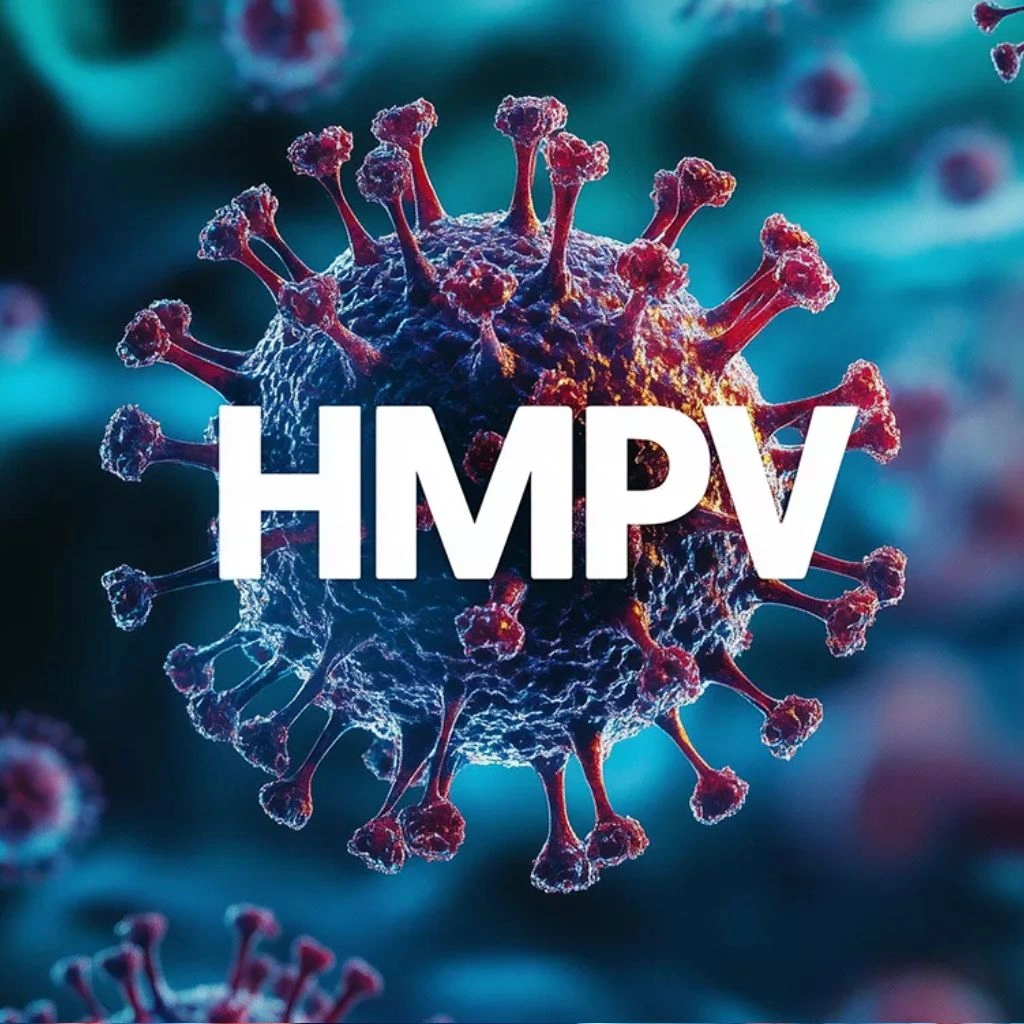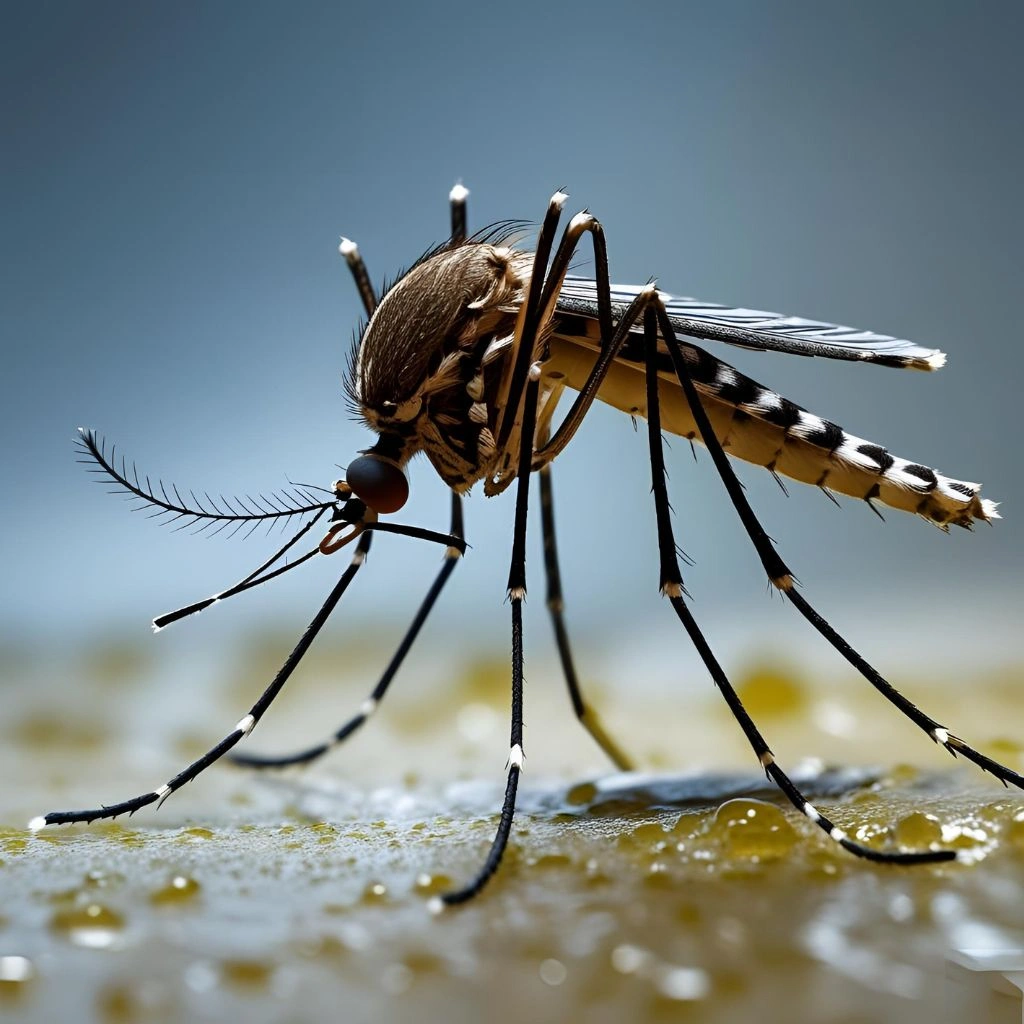
How can clinics quickly differentiate Dengue and Chikungunya?
In nations such as Pakistan, where viral fevers due to mosquito-borne diseases are rampant, seasonal viral fever outbreaks are a given. Two of the most infamous infections among them are Chikungunya and Dengue. Both are viral infections transmitted by the Aedes mosquito, and both can lead to fever, arthralgia, lethargy, and rashes. So, how do you differentiate between them? More crucially, how can hospitals and clinics treat them more effectively?
As the developer of Sehat Pro, an intelligent clinical software designed for local clinics, general practitioners, and small hospitals, I wish to bridge the gap between good patient management and technology. Through this blog, not only will doctors and clinics learn to differentiate Chikungunya from Dengue, but also understand how technology — and more so Sehat Pro — can make diagnosis, follow-ups, record-keeping, and patient education a smoother affair.
Let’s explore both diseases in depth, their symptoms, causes, treatment avenues, and how healthcare workers can make care more efficient with current tools.
Understanding the Basics: What are Chikungunya and Dengue?
Let’s begin with the basics.
Chikungunya is a viral infection due to Chikungunya virus. It is transmitted through a bite given by an infected Aedes mosquito. The virus usually causes abrupt onset of fever and severe pain in the joints, particularly in the hands, wrists, knees, and ankles.
Dengue, however, is brought about by the Dengue virus, which too is spread through the same Aedes mosquito. Dengue’s highest risks are low platelet count, bleeding inside the body, and, in extreme cases, dengue hemorrhagic fever or dengue shock syndrome.
To an ordinary person, they may appear to be the same. To a clinic — it is important to be able to differentiate between them quickly.
Why Clinics Need to Identify the Differences Early?
When someone walks into your clinic with a fever, muscle aches, and general malaise, it’s tempting to start treatment immediately. But without identifying the right disease, treatment can sometimes do more harm than good — especially in dengue, where drugs like NSAIDs can increase bleeding risks.
This is where Sehat Pro enters the scene. With built-in symptom monitoring, lab test management, and automated reminders, Sehat Pro enables small clinics to make quicker, wiser decisions — even during peak patient volumes during outbreak seasons.
Symptoms Breakdown: What to Look For
This is the way these diseases act in the real world:
Chikungunya:
- Acute onset of high-grade fever
- Intense joint pain — the type that makes it difficult for patients to even hold a cup
- Rash developing after a few days of fever
- Fatigue lasting weeks
- Headache and joint swelling
- Red eyes (in a few instances)
Dengue:
- Fever that begins within 4–10 days of a mosquito bite
- Severe headache, particularly behind the eyes
- Severe muscle and body pain
- Low platelet count (usually found by blood tests)
- Bleeding gums, nosebleed, or easy bruising
- Rash developing a bit later
- Vomiting and stomach ache
The trick is watching for patterns, following symptoms day to day, and keeping an eye on platelets. Sehat Pro allows physicians to enter each symptom by date and to automatically revise care plans as the illness changes.
Lab Testing: When Symptoms Overlap
You can’t always know which disease it is simply by appearance. Lab tests verify suspicions. Here’s what clinics should be utilizing:
For Chikungunya, early diagnosis is performed through:
RT-PCR test (first 5–7 days)
IgM antibody test (more than a week later)
For Dengue, you depend on:
- NS1 antigen test (early detection)
- Dengue IgM/IgG antibody tests
- Full blood count (to track platelets and hematocrit)
Sehat Pro makes it easy to upload test results directly into the patient’s file. No more random lab slips, no more digging through folders. All accessible in one screen — heaven sent for busy clinics.
Complications Doctors Should Watch For
While both diseases are viral and there is no “cure” of them per se, complications become fatal if not addressed.
Chikungunya Complications:
- Joint pain that lasts for months
- Joint swelling (like arthritis)
- Neurological complications in extreme cases
- Risk to old people and pregnant women
Dengue Complications:
- Dengue Hemorrhagic Fever (DHF)
- Dengue Shock Syndrome (DSS)
- Internal bleeding and loss of fluids
- Very low platelet counts that need transfusion
With Sehat Pro, patients who are high-risk can be marked in a click. The clinic is alerted when they come in for follow-up visits, so the doctors are ready ahead of time. This is time-saving, life-saving, and enhances the quality of care.
How Do These Viruses Transmit?
Both viruses are transmitted by the Aedes mosquito, specifically the Aedes aegypti and Aedes albopictus mosquitoes. These mosquitoes typically bite between early morning and just before dusk.
It is essential to inform patients about:
- Draining standing water
- Applying mosquito repellents
- Dressing in protective gear
- Covering themselves with mosquito nets even during the day
Sehat Pro allows clinics to send automatic educational messages through SMS or email to patients. Whether it’s a “mosquito season alert” or prevention advice at home, your clinic becomes a place of reliable information — enhancing your credibility and engagement.
Treatment Options and What Clinics Should Do?
There is no antiviral therapy for either illness. Nevertheless, the strategy to alleviate symptoms is significantly different.
In Chikungunya:
- Rest, fluids, and NSAIDs (such as ibuprofen) for arthritic pain
- Joint physiotherapy for rehabilitation
- Vitamin supplements for lethargy
In Dengue:
- NO NSAIDs — only paracetamol for fever
- Hospitalization for sudden fall in platelets
- IV fluids to avoid shock
- Regular monitoring of vital signs every few hours
By recording medicines in Sehat Pro, physicians are notified when contraindicated medications are chosen — a life-saver in hectic environments. The software even recommends medicine groups based on input for diagnosis.
Technology’s Role in Seasonal Outbreaks
When there’s an outbreak of dengue or chikungunya, clinics are clogged. Queues, bewildered patients, exhausted staff. But with Sehat Pro, you introduce order into chaos.
Here’s how:
- Real-Time Case Logging – Automatically see how many chikungunya or dengue patients you’re treating weekly.
- Follow-Up Reminders – Schedule patient visits and receive alerts when a check-up is due.
- Treatment History – Track what worked before and replicate effective care paths.
- Printable Reports – Print summaries for patients, referrals, or internal audits.
- Patient Education Tools – Share personalized prevention guides or post-illness care instructions.
By combining every element of care — diagnosis, medication, lab results, education, and history — Sehat Pro revolutionizes the way your clinic manages seasonal diseases.
A Doctor’s Toolkit: Why You Need Sehat Pro
Here’s the truth: you don’t need more staff, you need smarter systems.
Pakistan’s doctors are overloaded, particularly in times of viral epidemics. A single incorrect diagnosis or missed follow-up can cost a life or destroy your clinic’s reputation.
With Sehat Pro, you don’t only control disease — you control your practice more effectively:
- Minimize paperwork
- Get a click of patient history
- Save time on follow-ups
- Enhance accuracy in diagnosis
- Make your clinic modern, efficient, and reliable
Think of your clinic operating like an intensive hospital, with an automated system serving you, not the other way around.
Final Thoughts: Empowering Clinics in the Fight Against Mosquito-Borne Viruses
The fight against Chikungunya and Dengue is not merely medical — it’s technological. Patients anticipate quick service, precise care, and follow-ups. Clinics require support systems to match their speed. And physicians deserve equipment that alleviates stress, not exacerbates it.
Sehat Pro is not merely a piece of software. It’s your ally in establishing a solid, reliable, and contemporary clinic. Regardless of you being a solo practitioner or an active small hospital, Sehat Pro aids you in overcoming outbreak seasons with confidence, efficiency, and accuracy.
Frequently Asked Questions (FAQ)
While both diseases start with high fever, Chikungunya often causes severe joint pain (especially in hands, wrists, and knees), while Dengue is known for low platelet counts, bleeding symptoms, and pain behind the eyes. Accurate diagnosis usually requires lab testing.
NSAIDs (like ibuprofen) can worsen bleeding in Dengue patients by thinning the blood and reducing platelet function. Only paracetamol (acetaminophen) is recommended to manage fever and pain in Dengue.
Chikungunya: RT-PCR (within 7 days), IgM antibodies (after 1 week)
Dengue: NS1 antigen (early), IgM/IgG antibodies, full blood count (for platelets and h
Absolutely. Sehat Pro simplifies everything — from symptom tracking and lab result uploads to follow-up alerts and automated patient education messages. It helps clinics handle high patient loads with speed and accuracy.
Prevention includes:
Eliminating standing water sources
Using mosquito repellents
Wearing long-sleeved clothes
Sleeping under mosquito nets (even during the day)
Sehat Pro can send SMS alerts and prevention tips directly to patients, improving awareness and reducing risk.



